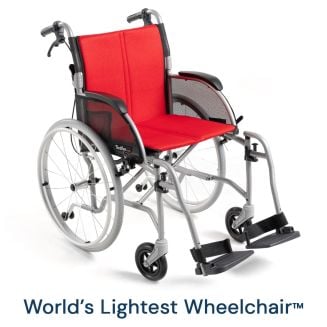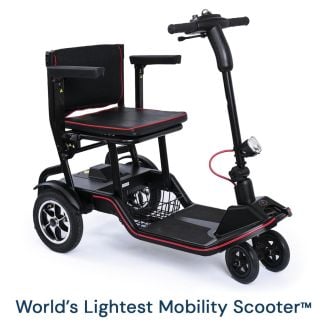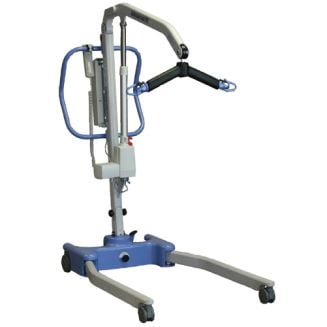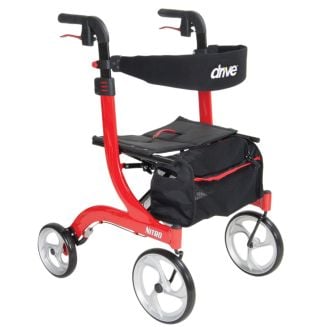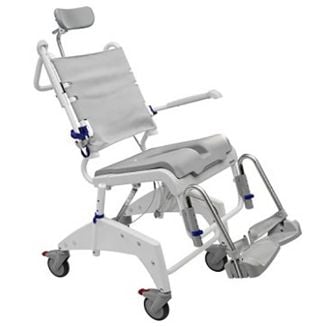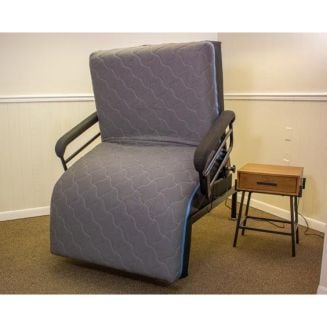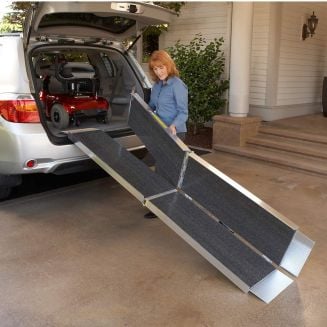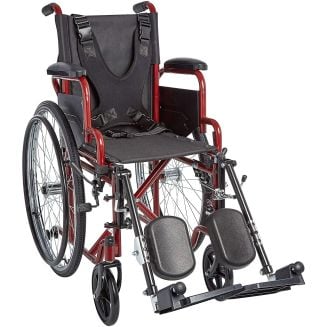Medicare & Insurance
1800wheelchair.com does not bill Medicare or insurance companies and therefore does not accept Medicare or Insurance as payment. We suggest you contact them directly to find out eligibility requirements.
If you would like to take advantage of Medicare or insurance coverage, you generally have 2 choices:
Insurance: We strongly suggest you contact your insurance company first. You can buy from our site, at 1800wheelchair.com, using your credit card, and have it delivered to your door in about a week. You will then need to submit to your Insurance:
- Our invoice
- Your Doctor's prescription and diagnosis
- Proof of delivery (packing slip will do)
Medicare: If you are approved, Medicare will reimburse you (Medicare pays 80% of the cost, you supplementary Insurance will cover the rest) If you do not want to outlay any cash. We recommend that you find a local company that accepts Medicare assignment (up front) check out our DME Supply Store Directory for options. Make sure you fill out the Medicare 1490 Form
It should be noted, your paperwork must be filled out, submitted and approved before you receive any equipment. Additionally, Medicare and insurance will likely only approve specific equipment for use, i.e. you'll have little or no choice.
Eligible products for reimbursement
Reimbursement Criteria
In order to be approved for Medicare reimbursement, specific criteria must be met. These criteria vary from category to category. Below is an overview of the criteria used by Medicare to determine eligibility by category.
Lift Chairs
Medicare only covers the seat-lift mechanism, but not the actual chair itself. The reimbursement amount is roughly $300 depending on the state in which the beneficiary is located if the coverage criteria are met.
A lift chair is considered medically necessary if all of the following coverage criteria are met:
- The patient must have severe arthritis of the hip or knee, or have a severe neuromuscular disease.
- The seat lift mechanism must be a part of the physician's course of treatment and be prescribed to effect improvement, or arrest or retard deterioration in the patient's condition.
- The patient must be completely incapable of standing up from a regular armchair or any chair in their home.
- Once standing, the patient must have the ability to walk.
- By Medicare standards, the fact that a patient has difficulty or is even incapable of getting up from a chair, particularly a low chair, is not sufficient justification for a seat lift mechanism. Almost all patients who are capable of ambulating can get out of an ordinary chair, if the seat height is appropriate and the chair has arms. Medicare requires that the physician ordering the seat lift mechanism must be the attending physician or a consulting physician for the disease or condition resulting in the need for a seat lift.
The beneficiary may qualify for reimbursement for a power wheelchair or mobility scooter if the following general criteria are met:
- The beneficiary must have a mobility limitation which prevents them from performing one or more mobility-related activities of daily living in the home, including toileting, eating, bathing, and grooming.
- There can not be other conditions that limit the beneficiary from performing mobility-related activities of daily living at home, such as significant impairments of cognition or judgment and/or vision. This only applies if these other conditions can not be solved through other means, including caregiver support.
- The beneficiary must demonstrate the capability and the willingness to consistently operate the device safely.
- A cane, walker, or manual wheelchair will not provide the necessary functional mobility.
- The beneficiary's environment must allow for the use of a power wheelchair or scooter in all areas where the mobility-related activities of daily living are customarily performed.
- For a scooter, the beneficiary must have sufficient strength and postural stability to operate the scooter.
- For a power wheelchair, the additional features provided by a power wheelchair must be required by the beneficiary in order to perform one or more mobility-related activities of daily living.
